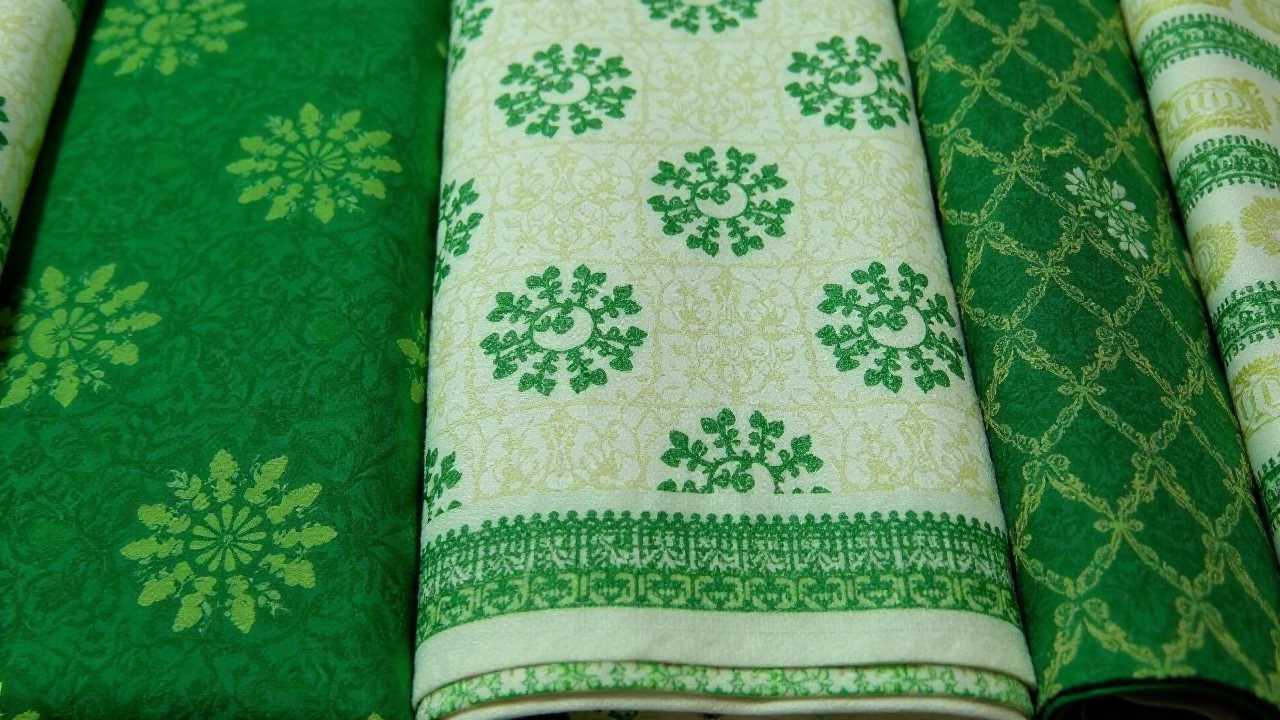
Understanding Fabric Types in Fashion
In the world of fashion, the fabric types we choose play a pivotal role in determining the overall aesthetic and functionality of garments. Each fabric type comes with its unique characteristics, influencing how a piece drapes, how it feels against the skin, and how it holds up over time. By mastering the various textiles available, we can create stunning designs that not only look good but also perform well.
The Role of Textiles in Fashion Design
Textiles are the foundation of any fashion collection. They encompass a wide range of materials, including natural fibers like cotton, wool, and silk, as well as synthetic options like polyester and nylon. Each textile offers distinct advantages and challenges. For instance, cotton is breathable and comfortable, making it ideal for casual wear, while silk exudes luxury and elegance, perfect for evening attire.
When selecting textiles, we must consider the intended use of the garment. For activewear, moisture-wicking fabrics are essential, while formal wear may require more structured textiles that provide a polished appearance. Understanding the properties of different textiles allows designers to make informed decisions that enhance the overall quality of their creations.
The Art of Draping: Bringing Designs to Life
Draping is a critical technique in fashion design that involves arranging fabric on a dress form to create the desired silhouette. This process allows designers to visualize how different fabric types interact with the body and how they can be manipulated to achieve specific looks.
The choice of fabric significantly impacts the draping process. Heavier fabrics like wool or canvas will create structured silhouettes, while lighter fabrics such as chiffon or georgette will flow gracefully, creating soft, romantic shapes. Mastering the art of draping enables designers to experiment with proportions and shapes, ultimately leading to innovative and eye-catching designs.
Weaving Techniques: The Backbone of Fabric Creation
Weaving is the process of interlacing threads to create fabric, and it plays a vital role in determining the texture and durability of textiles. There are several weaving techniques, including plain weave, twill weave, and satin weave, each producing different results.
Plain weave is the simplest and most common technique, resulting in a flat fabric that is strong and versatile. Twill weave, characterized by its diagonal pattern, offers a more textured surface and greater durability, making it suitable for items like denim. Satin weave creates a smooth, glossy finish, often used in formal wear and luxurious garments.
Understanding these weaving techniques allows designers to select the right fabric for their designs, ensuring that the final product meets both aesthetic and functional requirements.
Patterns: Adding Visual Interest to Fabric Types
Incorporating patterns into fabric types can dramatically enhance the visual appeal of a garment. Patterns can be created through various methods, including printing, dyeing, and weaving. From floral prints to geometric designs, patterns can convey different moods and styles, making them an essential tool in a designer’s arsenal.
When working with patterns, it’s crucial to consider how they interact with the garment's silhouette. Large, bold patterns may overwhelm a fitted design, while delicate, subtle patterns can add depth without detracting from the overall look. Mastering the balance between fabric type, pattern, and silhouette is key to creating harmonious and visually striking garments.
Silhouettes: Defining the Shape of Fashion
The silhouette of a garment is its overall shape and form, which is influenced by the fabric type, draping techniques, and patterns used. Different silhouettes can evoke various emotions and styles, from the structured lines of a tailored blazer to the flowing shapes of a maxi dress.
Understanding how fabric types affect silhouettes is essential for designers. Stiff fabrics can create sharp, defined shapes, while soft fabrics allow for more fluid, organic forms. By experimenting with different combinations of fabric types and silhouettes, designers can create unique and memorable pieces that stand out in the fashion landscape.
Embellishments: Elevating Fabric Types to New Heights
Embellishments are decorative elements added to garments to enhance their visual appeal. These can include embroidery, beading, sequins, and appliqué, among others. The choice of embellishments should complement the fabric type and overall design, adding depth and interest without overwhelming the piece.
When selecting embellishments, it’s important to consider the fabric's characteristics. Heavier embellishments may not be suitable for delicate fabrics, while lightweight embellishments can enhance the beauty of flowing textiles. By mastering the art of embellishment, designers can elevate their creations, transforming simple garments into stunning works of art.
The Interplay of Fabric Types and Design Elements
Mastering fabric types and their associated elements—textiles, draping, weaving, patterns, silhouettes, and embellishments—is essential for any fashion designer. Each component plays a crucial role in the overall design process, influencing how a garment looks, feels, and performs. By understanding and skillfully combining these elements, we can create fashion pieces that not only meet the demands of the market but also push the boundaries of creativity and innovation.
 SportsHollywoodLifestyleFashionHome & GardenTrendsPrivacy PolicyTerms And Conditions
SportsHollywoodLifestyleFashionHome & GardenTrendsPrivacy PolicyTerms And Conditions
